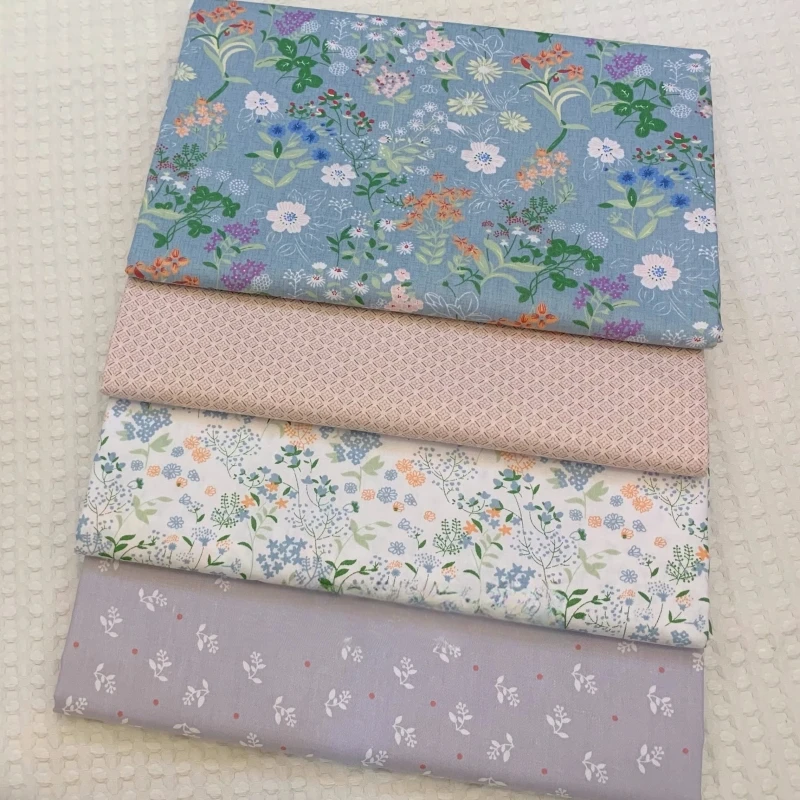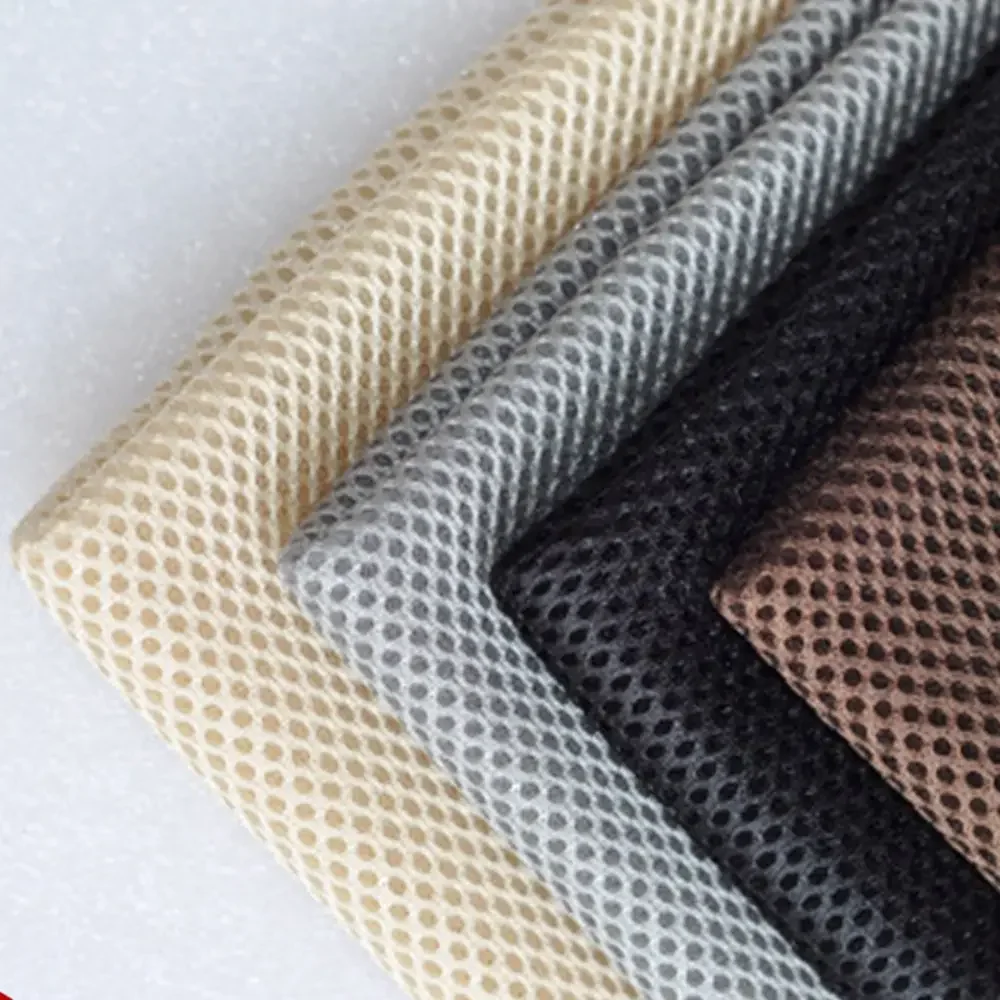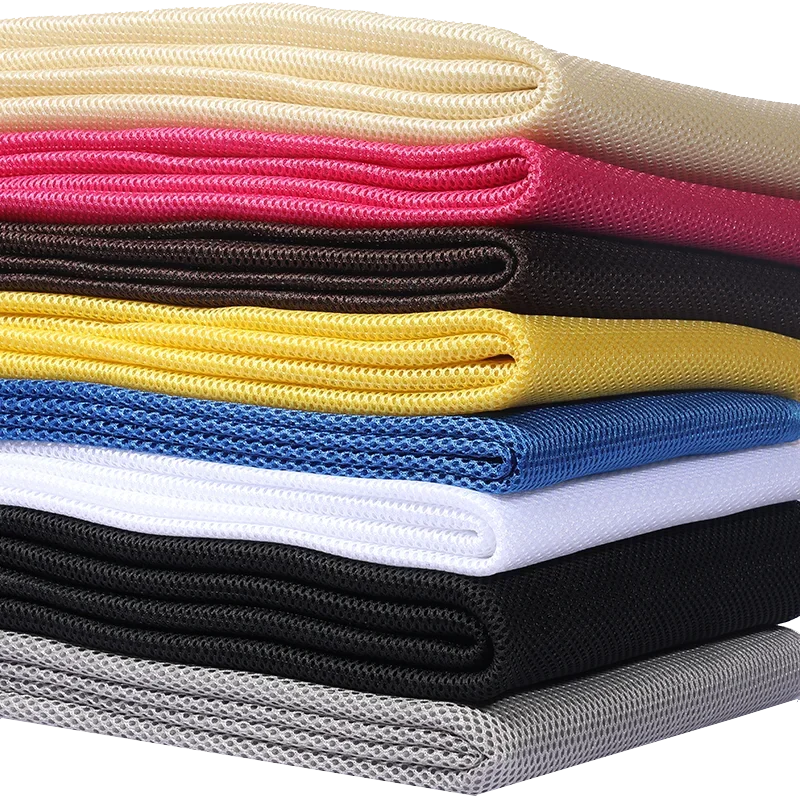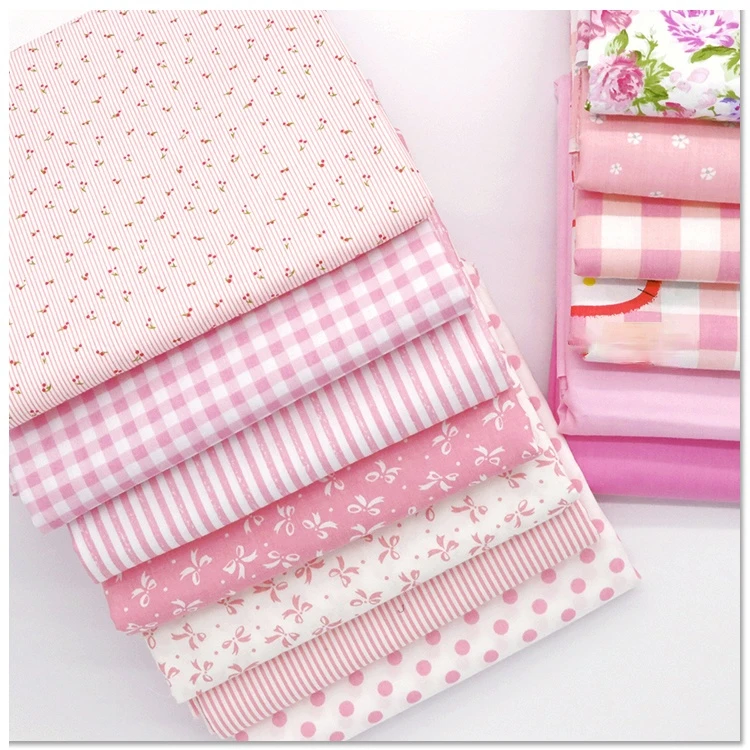Twilled fabric, recognized for its distinctive diagonal ribbing, is a staple in the textile industry, offering unmatched versatility and durability. From timeless denim jeans to luxurious drapery, twill fabric finds its place in a diverse array of applications. In this comprehensive guide, we will explore the unique qualities of twilled fabric, its various uses, and why it remains a favorite among designers and consumers alike.

Understanding Twill Weave: The Basics
At its core, twill is a type of textile weave characterized by a pattern of diagonal lines. These lines are created by passing the weft thread over one or more warp threads and then under two or more warp threads, with a “step” or offset between rows to create the distinctive diagonal pattern. This structure is what gives twill its signature appearance and contributes to its durability. Twill weaves come in various forms, such as 2/1, 3/1, and 2/2, each indicating the number of threads crossed and the resulting pattern. The twill weave allows for the production of fabrics that are not only strong and resilient but also flexible and drape well.
Types of Twill Fabrics
Twilled fabrics come in various types, each serving different purposes and catering to different aesthetic preferences. Some popular types include:
- Denim: Perhaps the most well-known, denim is a rugged twill fabric typically used in jeans and workwear. Its durability makes it ideal for garments that undergo high stress.
- Chino: Lighter than denim, chino fabric is used in casual trousers known as chinos. It offers a balance of durability and comfort, making it suitable for everyday wear.
- Gabardine: A tightly woven, smooth twill fabric, gabardine is often used in suits, jackets, and trench coats. Its refined appearance and durability make it a staple in formal wear.
- Herringbone and Houndstooth: These are patterned variations of twill, recognizable by their zigzag and broken check patterns, respectively. They’re commonly used in suits and coats, offering both visual interest and durability.
Each type of twill fabric has its unique properties and applications, showcasing the versatility of this weaving technique.
Structural Benefits of Twill Weave
The structural benefits of twill weave extend beyond its visual appeal. One of the primary advantages is its durability. The diagonal weave creates a strong, dense fabric that can withstand significant wear and tear, making it ideal for garments like jeans, workwear, and uniforms. Additionally, twill’s tight weave makes it more resistant to wrinkles compared to plain weaves, which is why many dress trousers and formal wear incorporate this fabric. The weave also allows for good drape and flexibility, ensuring comfort alongside durability. These structural benefits make twill a go-to fabric for items that require both form and function.
Twill Fabric in Fashion
Twill fabric holds a significant place in the fashion industry, from everyday wear to high fashion. Beyond the ubiquitous denim jeans, you’ll find twill in tailored suits, jackets, skirts, and dresses. Its ability to take dye well allows for a broad range of colors and patterns, making it suitable for any season or occasion. High fashion designers often choose twill for its texture and structural integrity, enabling the creation of intricate designs and durable pieces that maintain their shape. Whether it’s a classic trench coat or a trendy pair of chinos, twill fabric’s versatility ensures its continuous presence in the ever-evolving world of fashion.
Practical Uses Beyond Fashion
While twill fabric is a mainstay in fashion, its applications extend far beyond clothing. Its durability and flexibility make it suitable for various practical uses:
- Home Furnishings: Twill is commonly used in upholstery and drapery due to its strength and aesthetic appeal. Its wrinkle-resistant properties also make it ideal for high-traffic areas in the home.
- Industrial Applications: In industries where heavy-duty materials are required, twill fabric is often used for tarpaulins, awnings, and protective coverings. Its robustness ensures longevity even under harsh conditions.
- Accessories: Twill fabric is also popular in accessories like bags, hats, and shoes, where durability is crucial. Its ability to hold up under repeated use makes it an excellent choice for items that experience a lot of wear and tear.
These varied applications demonstrate twill’s adaptability and robustness, making it a valuable resource in several fields.

Caring for Twilled Fabrics
Proper care and maintenance are essential to prolong the life of twilled fabrics. While twill is inherently durable, following specific care instructions can ensure it remains in top condition. For most twill garments, washing in cold water and avoiding high heat during drying can prevent shrinkage and preserve the fabric’s integrity. Gentle detergents are recommended to maintain the color and texture. For heavy-duty twill items like denim, turning garments inside out before washing can minimize fading and wear. For twill upholstery, regular vacuuming and spot cleaning help maintain its appearance and durability. Adhering to these care guidelines can extend the lifespan of twill fabrics significantly.
Environmental Impact and Sustainability
As sustainability becomes increasingly important, the textile industry is focusing on eco-friendly practices, and twill fabric is no exception. Organic cotton, recycled fibers, and environmentally friendly dyes are being used to produce twill fabrics, reducing the ecological footprint. Some brands are also implementing sustainable manufacturing processes, such as water-saving techniques and energy-efficient machinery. Additionally, the durability of twill inherently contributes to sustainability, as longer-lasting garments and products reduce the need for frequent replacements. Consumers can look for certifications like GOTS (Global Organic Textile Standard) when purchasing twill fabrics to ensure they’re made following environmental and ethical standards.
Innovations in Twill Fabric Production
Innovations in textile technology are continuously enhancing the properties and applications of twill fabric. Advances in weaving techniques, for example, have made it possible to produce even more durable and versatile twill fabrics. Blending traditional materials like cotton with synthetic fibers such as polyester or elastane has resulted in twill fabrics with improved stretch, resilience, and comfort. Additionally, innovations in dyeing and finishing processes have expanded the aesthetic possibilities of twill, offering a broader range of patterns, colors, and textures. These advancements make twill fabric an increasingly appealing choice for a wide variety of applications, from fashion to industrial uses.
Twill Fabric vs. Other Weaves
Comparing twilled fabric to other types of weaves, such as plain weave and satin weave, helps highlight its unique advantages. While plain weave is characterized by a simple over-under pattern, which can be less durable and more prone to wrinkles, twill’s diagonal structure offers enhanced strength and wrinkle resistance. Satin weave, on the other hand, provides a smooth, lustrous finish but is more delicate and prone to snags and tears. Twill strikes a balance between the practical durability of plain weave and the aesthetic appeal of satin, making it a versatile choice suitable for both everyday wear and specialized uses.
Regional Variations and Cultural Significance
Twilled fabric holds cultural and regional significance around the world. In India, for instance, the traditional khadi fabric often features a twill weave, blending cultural heritage with modern functionality. In Scotland, herringbone and houndstooth twills are integral to traditional tweed garments, celebrating regional craftsmanship. Similarly, Japan’s denim industry, particularly from the Okayama region, renown for its high-quality twill fabrics, combining traditional techniques with innovation. These regional variations highlight twill’s adaptability and significance, reflecting different cultural identities and practices. Understanding these cultural contexts enriches the appreciation of twill fabric’s global impact and heritage.
Choosing the Right Twill Fabric for Your Needs
Selecting the appropriate type of twill fabric depends on the intended use and personal preferences. For heavy-duty applications like workwear or outdoor gear, opt for high-density twills like denim or duck cloth, which offer durability and resilience. For casual or formal wear, lighter twills like chino or gabardine provide comfort and a polished appearance. Consider the fiber content as well; natural fibers like cotton offer breathability, while synthetic blends may add stretch and moisture-wicking properties. Understanding these factors can help you choose the best twill fabric for your specific needs, ensuring both functionality and aesthetic satisfaction.

Conclusion: The Enduring Appeal of Twilled Fabric
The versatility and durability of twilled fabric make it a cornerstone in the textile industry. From its historical roots to its modern applications, twill fabric continues to be a reliable and stylish choice for a wide range of uses. Understanding its unique properties, various types, and care instructions can help you make informed decisions, whether you’re selecting fabric for clothing, home furnishings, or industrial applications. As innovations and sustainability initiatives continue to shape the future of textiles, twill fabric remains a timeless and adaptable option, embodying both tradition and modernity.









